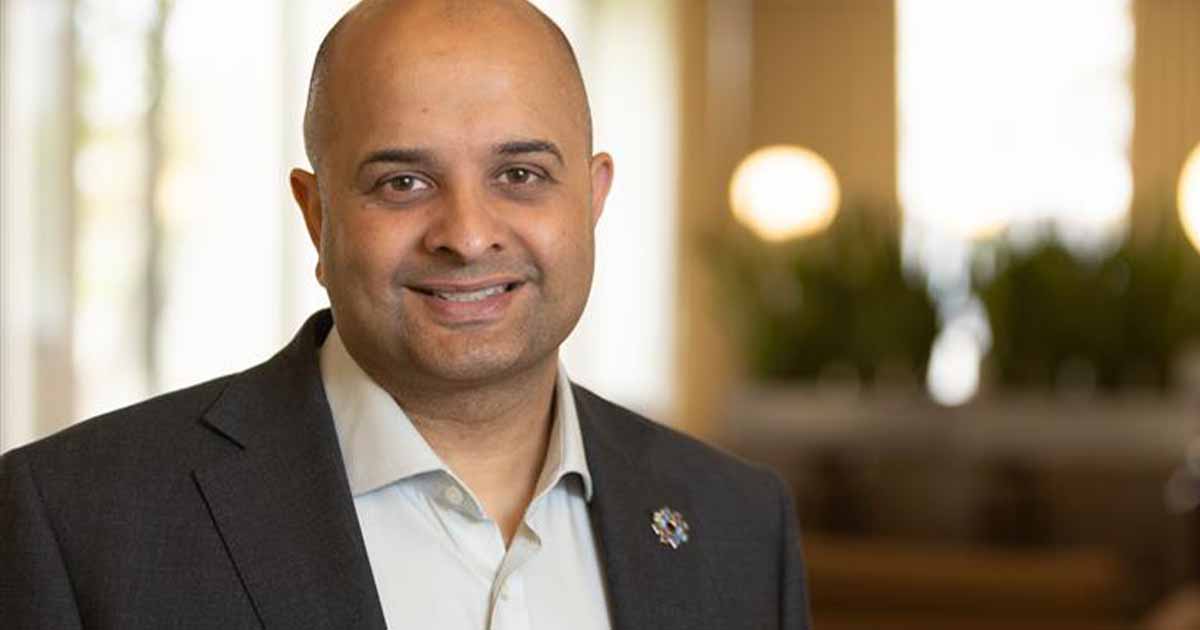Artificial Intelligence
SPONSORED
Lorem ipsum dolor sit amet, consectetur adipiscing elit. Aliquam et suscipit tellus. Fusce cursus enim ex, in ullamcorper velit faucibus eget.
The five-year collaboration aims to develop and deploy more artificial intelligence tools for faster disease detection in public and private healthcare, and advance the university's leadership in digital pathology.
SPONSORED
Following these guidelines can help avoid or reduce obstacles on the journey to implementing generative AI solutions.
Business school professor Joe Peppard penned a Wall Street Journal op-ed recently, making the case that many companies shouldn't necessarily be investing in AI – because many aren't well-positioned to succeed with it. What about healthcare providers?
A new application with real-time and auto-generated features could enhance engagement and improve the safety and productivity of frontline workers in healthcare and other industries, the company says.
Also, Victoria is piloting digital health training for public health workers.
AI & ML Intelligence
In the test, 74% of clinicians said the ambient and genAI technology reduced their levels of burnout and 95% wanted to continue using the technology. Further, clinicians used 25 non-English languages.
AI & ML Intelligence
The CAIO should not just understand both of those disciplines, but intuit what AI is good and bad, what's scalable and whether it's the right fit, says Sameer Sethi, the New Jersey health system's chief AI and insights officer.
ASTP has released the 2025 SAFER Guides, which aim to improve health systems' adherence to electronic health record best practices. They were updated by clinicians with informatics training and informaticians with clinical experience.
Two new memos update federal AI policy, which the White House says will accelerate innovation, strengthen public trust and prioritize U.S.-developed AI tools.











